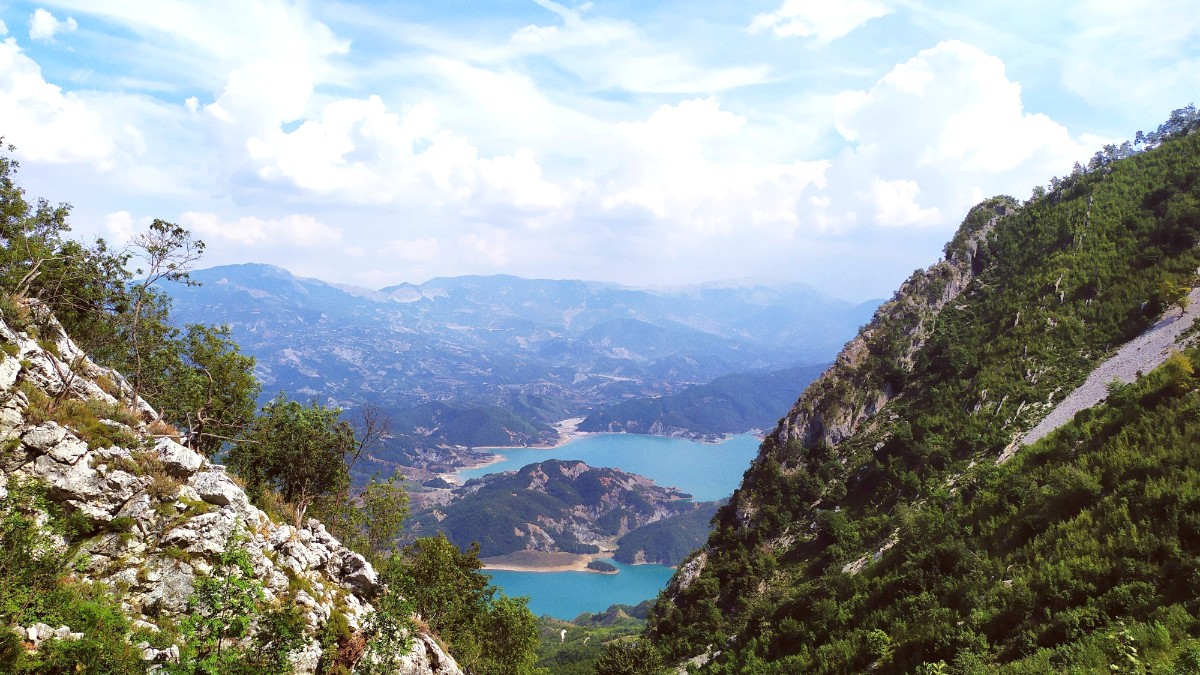
Albania
Exploring Durres means stepping into a continuous narrative. You trace its past through monumental structures and subtle architectural details. The city’s present is equally engaging, with its lively streets, bustling port, and beautiful coastline. Whether days uncover archaeological wonders or simply enjoy the sea breeze, Durres brings a memorable and diverse travel experience. A destination merging the old with the new, bringing both discovery and relaxation on the Adriatic.
Durres sits about 40 minutes from Tirana International Airport (TIA). Frequent bus services and taxis link the airport. Direct ferry connections also run to Bari and Ancona, Italy.
Local buses transport within the city. Many central attractions are walkable. Ride-sharing apps also exist.
Durres occupies a strategic position on Albania's central Adriatic coast. This city sits on a broad bay, bringing a natural harbor, a maritime hub for thousands of years. The immediate geography includes a flat coastal plain extending inland, with the city itself built upon ancient foundations and modern expansions.
The city's extensive coastline features one of Albania's longest and most popular sandy beaches, the Plazhi i Durrësit. This beach stretches for approximately 10 kilometers south of the city center, lined with hotels and beach clubs. North of the main port, smaller beaches offer a quieter alternative. Beyond, a rich agricultural region thrives with olive groves and vineyards.
A maritime hub for millennia.
Popular for tourism.
Fresh local produce.
Habitat for various bird species.
Port links to Italy, highway to Tirana.
The city's favorable coastal location, combined with accessible hinterlands, led to its flourishing as a port city for centuries. This continues today, with the port remaining a driver of the local economy and a connection point for visitors. The surrounding landscape, from beaches to agricultural fields, brings a diverse environment.
Durres enjoys a Mediterranean climate with hot, dry summers and mild, wet winters. This pattern influences its rhythm and appeal to visitors. Peak summer temperatures often climb above 35°C in July and August.
The shoulder seasons (April-May, September-October) often represent the optimal time to visit, with pleasant temperatures for sightseeing and fewer crowds. Winters are cool and damp, with most beachfront businesses closed.
Durres's identity has been shaped by its location on the Adriatic, fostering trade and cultural exchange for thousands of years.
Durres carries a history spanning nearly three millennia, each era leaving an imprint on its landscape and character. Its story began in 627 BC when Greek colonists from Corinth and Corcyra founded Epidamnos, later Dyrrachium. The city quickly grew into a bustling trading hub due to its natural harbor.
Under Roman rule, Dyrrachium's prominence grew. It became a Roman colony and a point on the Via Egnatia, linking Rome to Byzantium. This strategic role made it a battleground, notably during Caesar's civil war. The Romans invested heavily in the city’s infrastructure, building baths, a forum, and the magnificent Amphitheatre.
Founded as Epidamnos in 627 BC by Greek colonists. A bustling trading hub.
Became Dyrrachium, a major port on the Via Egnatia. Home to a grand amphitheatre.
Byzantine defenses against invaders. Contested by Bulgarians, Normans, and Venetians.
Ottoman conquest in the late 15th century saw port decline. Later, it served as Albania's capital (1913-1920). Suffered damage in World Wars and earthquakes. Communist era brought industrialization.
Ancient Roman Amphitheatre. Archaeological Museum with artifacts.
Plazhi i Durrësit, a long sandy beach. Sunbathing and water activities.
Engage with genuine Albanian life. Affordable dining and experiences.
Fresh seafood dominates the local menu. Grilled fish and octopus are popular.
Try Tavë Kosi (baked lamb with yogurt) or Fergesë (peppers, tomatoes, cheese).
Byrek (flaky pastry) and souvlaki (grilled meat skewers) are tasty options.